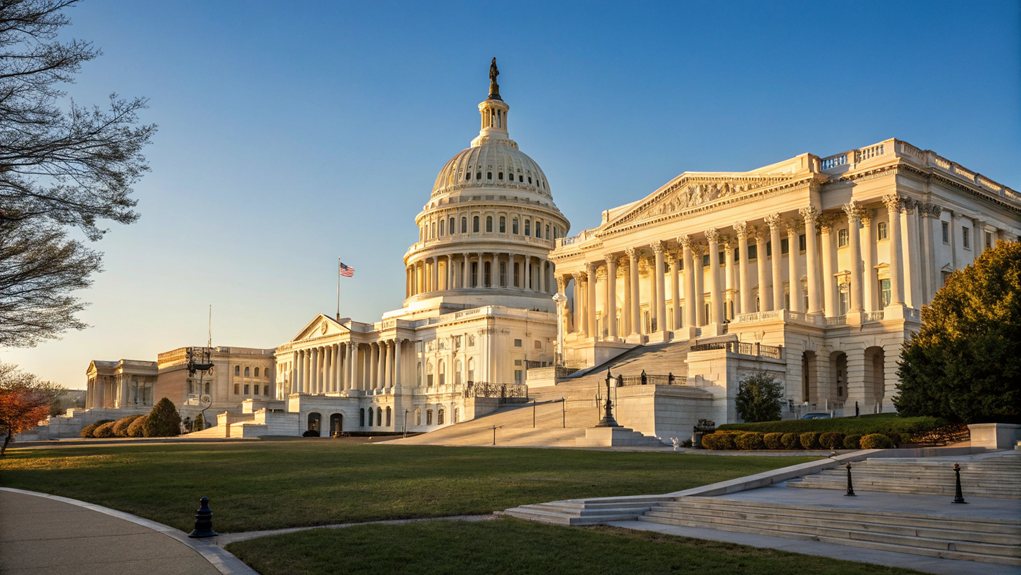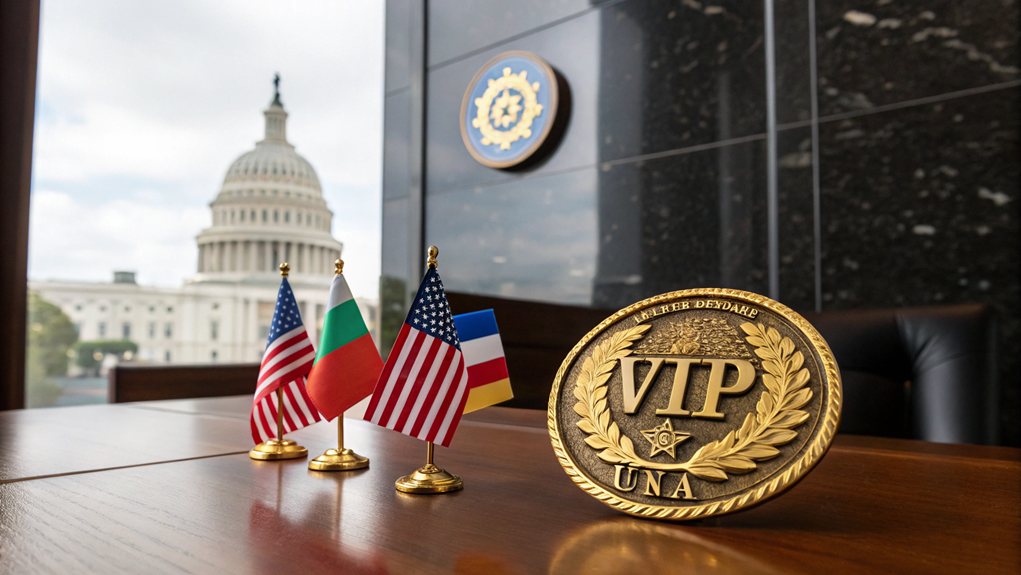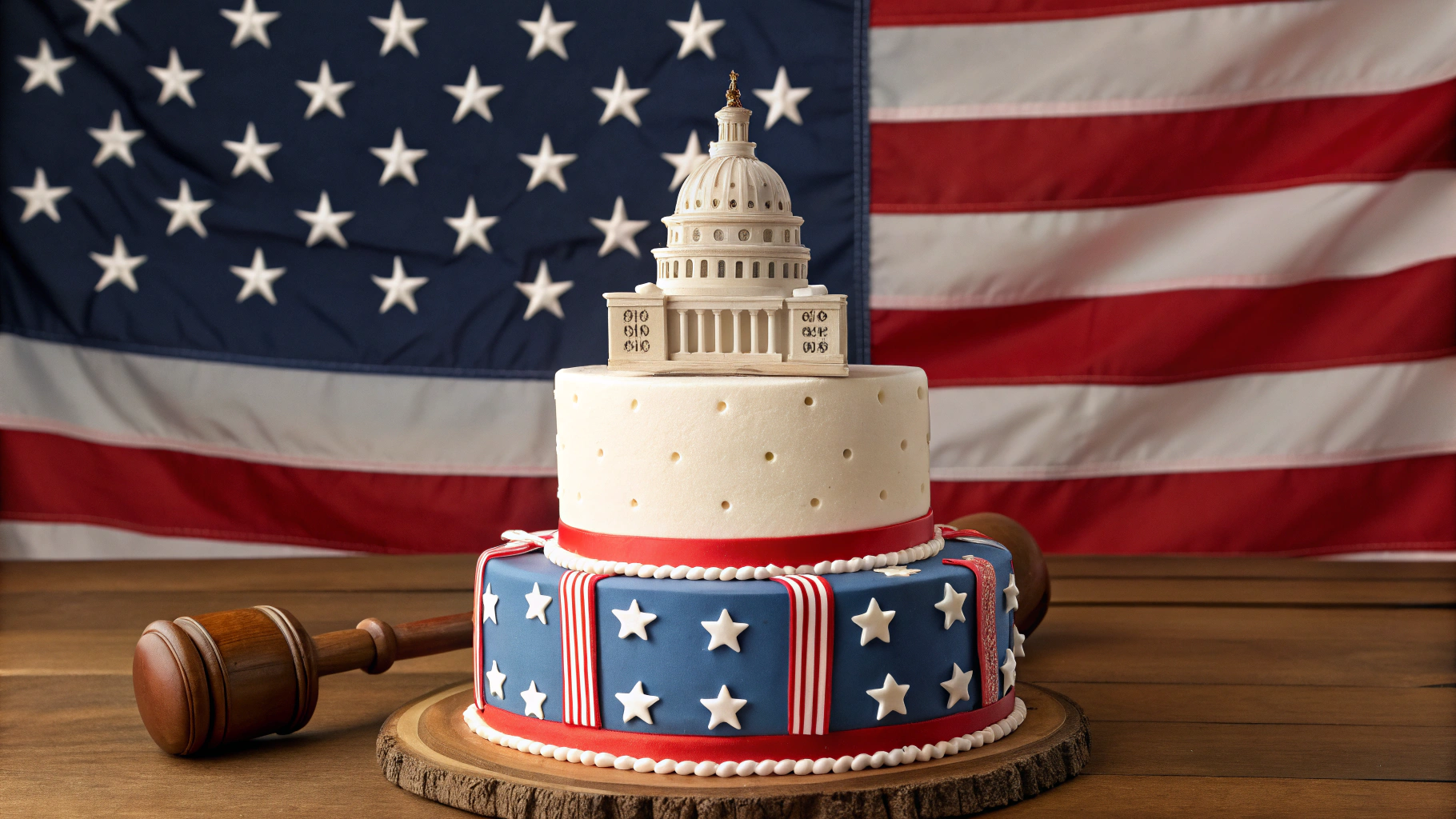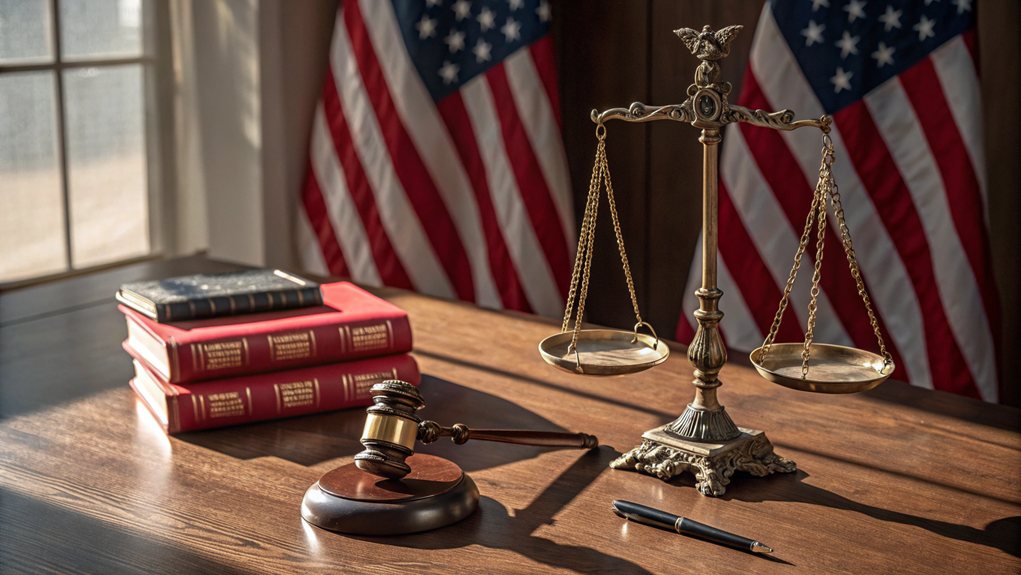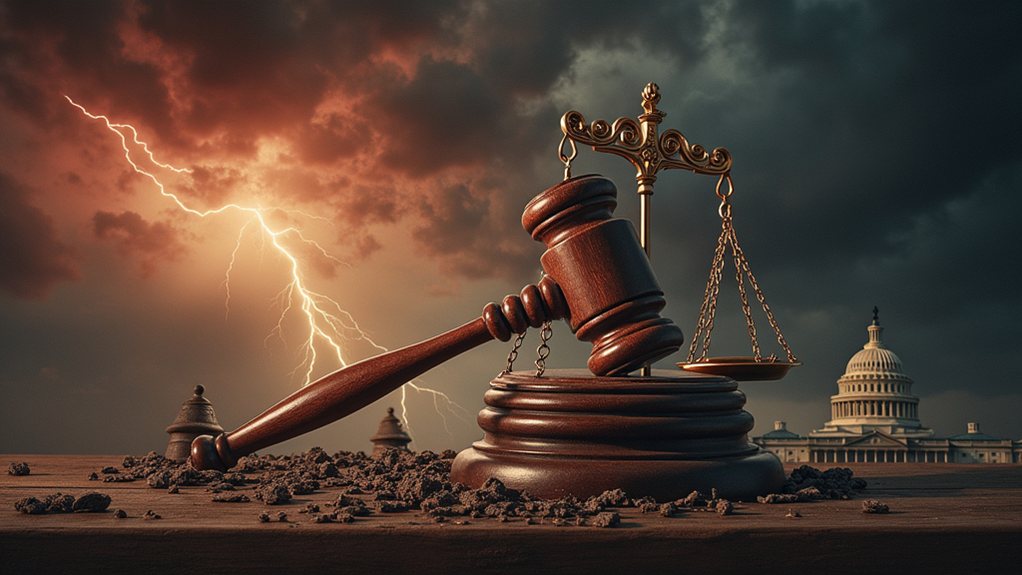The separation of powers is how the U.S. government makes sure no one branch gets too big for its britches. It splits authority into three parts: legislative, executive, and judicial. Congress makes the laws, the President enforces them, and the Supreme Court interprets them. Think of it like a tug-of-war where everyone's pulling. Sometimes it gets ugly, leading to gridlock. But hey, that's democracy! Stick around to find out more about this wild, complicated system.
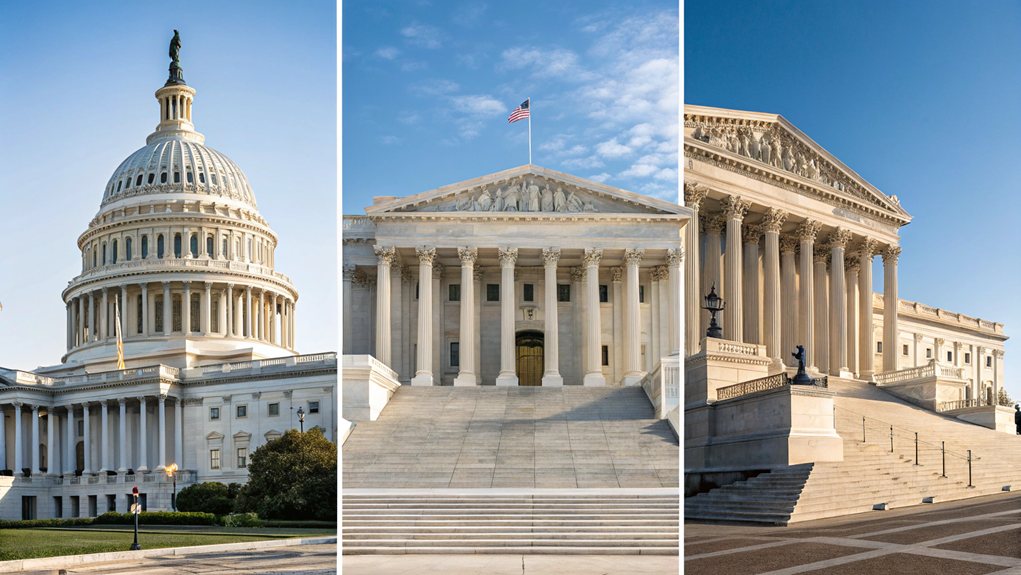
Understanding the separation of powers might seem like a dry topic, but it's actually the backbone of American democracy. Imagine this: a country where one person holds all the power. Sounds like a dystopian novel, right? Thankfully, the framers of the U.S. Constitution had the foresight to divide the government into three branches: legislative, executive, and judicial. This isn't just a quirky setup; it's an essential system meant to prevent any branch from going rogue. The checks and balances system is crucial, allowing each branch to limit the powers of the others, thus maintaining democratic governance.
The Legislative Branch, aka Congress, is where laws are born. It's split into the Senate and the House of Representatives. They can declare war and regulate commerce, which is pretty important, right? If Congress doesn't like what the President is up to, they can override his veto. Talk about checks and balances! The Senate also gets to play a significant role in confirming appointments and ratifying treaties. Congress holds the power to levy taxes and allocate funds, ensuring the government can function effectively. Furthermore, the division of power through federalism establishes a balance between the national government and the states.
The Legislative Branch, or Congress, is crucial for lawmaking, declaring war, and keeping the President in check through veto overrides.
Now, let's talk about the Executive Branch. This is where the President comes in, enforcing laws and wielding the power to veto Congress's creations. The President appoints federal judges (with a little help from the Senate) and even has the power to grant pardons. It's a big job, but someone's got to do it.
Finally, there's the Judicial Branch, led by the Supreme Court. They're the law interpreters, making sure everything aligns with the Constitution. They can even declare laws unconstitutional. That's a serious power! Judges are also appointed by the President, but of course, the Senate gets a say too.
This whole setup is designed to prevent the concentration of power. It keeps each branch in check, ensuring accountability and stability.
Still, let's be real—this system can lead to some serious clashes. Congress and the President often butt heads, especially when political parties get involved. Balancing power isn't easy. But without this separation, who knows what kind of chaos would ensue?
Frequently Asked Questions
How Does the Separation of Powers Affect State Governments?
The separation of powers in state governments? It's a big deal. Each branch—executive, legislative, and judicial—has its own turf, keeping the others in check.
Otherwise, chaos reigns. State legislatures make laws and budgets, governors run the show, and courts interpret it all. Sounds simple, right?
But with power to declare laws unconstitutional, state courts can throw a wrench in the works. It's like a never-ending game of tug-of-war. Fun, isn't it?
What Are the Checks and Balances Within the Separation of Powers?
Checks and balances? Oh, it's like a game of tug-of-war.
Congress can override a presidential veto, but the President can just, you know, veto back.
Congress holds the purse strings, limiting the executive's spending spree, while the judiciary can swoop in and call out the other branches for their unconstitutional antics.
It's messy, it's complicated, and it's essential.
Without this chaotic dance, one branch could easily become the big shot.
Can One Branch of Government Override Another's Decisions?
One branch can indeed override another's decisions, but it's not just a free-for-all.
Congress has the power to override a presidential veto, but good luck getting that two-thirds majority.
Meanwhile, the courts can declare laws unconstitutional.
So, if one branch steps out of line, another can step in.
It's like a game of tug-of-war, but with more paperwork and less fun.
Power struggles? Oh, they're practically built into the system.
How Does the Separation of Powers Impact Judicial Independence?
The separation of powers is like a referee in a game—keeping everyone in check.
It's about letting the judiciary do its thing without executive or legislative meddling. This independence is essential for fair judgments. If the judges start bending to political pressure, watch out! It's a slippery slope to chaos.
What Historical Events Shaped the Separation of Powers in the U.S.?
Historical events shaped the separation of powers in the U.S. like a sculptor chiseling a masterpiece.
The Articles of Confederation? A total flop. They left the federal government weak, which was not ideal.
The Revolutionary War showed colonists that too much power in one place? Recipe for disaster.
Montesquieu's ideas about splitting power inspired the Framers. They decided, hey, let's not repeat history.
